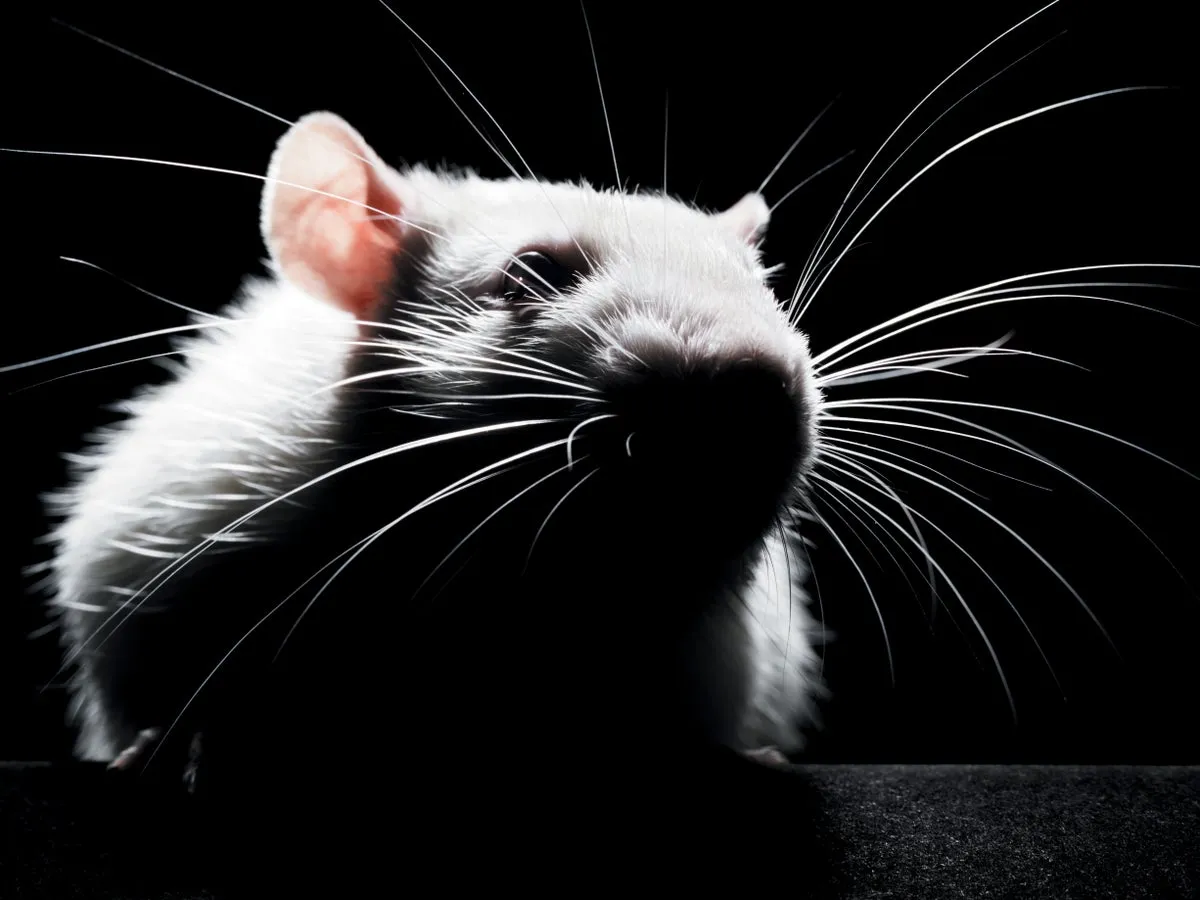The tñacuache (Didelphis virginiana) is much more than just Mesoamerica’s nocturnal suburban raccoon or an unremarkable part of the forest – it is a species that serves as the new world marsupial keystone. Also familarled in English as the opossum, this animal has prehistoric folklore stories passed down by the indigenous people, beliefs of the ancient civilization and scientific mystery. In this article you will find a description of the characteristics of the tñacuache, the type of biome it lives in, its role in folklore, usages, and its contribution to the environment.
What is a Tñacuache?
The word tñacuacheis comes from the Nahuatl word tlacuatzin, which translates as ‘the one who eats fire.’ This name refers to an Aztec myth which attributes the theft of fire from the gods to the tñacuache and the passing of this ability to mankind, just like in the story of the Greek titan Prometheus. Actually, the externally-backed tñacuache is of the Didelphidae family, known scientifically as Didelphis virginiana. Indeed, it is the only marsupial that is native to North American and it can be found in southern Canada and all down to the northern South American region.
Marsupials are characterize by the fact that the female members of this category give birth to their young ones and feed them in the sack like pouch. The tñacuache contributes to the creation of offspring which are born in a very undevelope form and they crawl into their mothers pouch for further development. This feature is in common with other more popular marsupials such as kangaroos as well as koalas, thus making the tñacuachethe North American counterpart the kangaroo and koala.
Also Read: Lorice Washington
Physical Characteristics of the Tñacuache
The tñacuache has a rather special shape of the head where the middle angles with the base to form a pointed snout and has large dark-colored eyes and rounded ears. It ranges from a greyish-white color with the under parts being even whiter. The tail which is quite long is almost devoid of hair and is use in clinging to twigs or in holding nesting materials. The average size of adults ranges from the size of a small dog targeting 24-40 inches from the head to the body and weighing approximately 4-14 pounds the size often depends on the region.
Another of the more interesting characteristics of the tñacuache is definitely its “playing possum” capabilities Once threatened by predators, the tñacuache is capable of adopting what might be termed a ‘babes-in-arms’ pose and will then lie down with their mouth open and their tongue hanging out and their eyes, one might have thought, closed. This act is in order to defend from further attack because generally, predators prefer their prey alive. Although this behaviour is unconscious it can be very useful in deterring a number of potential threats.
Habitat and Distribution
Tñacuache is known for its versatility and at the same time it can inhabit all areas including tropical rainforests and deciduous forests, swampy areas, suburban and rural spaces including agricultural fields. This animal can easily locate the source of food, water as well as finding shelter and thus has been able to survive in an environment that has been altered by humans such that other animals can barely survive.
However, the tñacuache has been able to adapt to all the types of climates that are present in Mexico including the desert areas which are in the northern part of the country and the tropical rainforests which are located in the south of Mexico. This disease is most notably found in THE low-lying areas but it has occasionally been observed in regions of high altitude such as the mountains. The animal is nocturnal and can be found during the night hunting for food and it feeds on absente, fruits, insects, small animals as well as contributes to scavenging by eating garbage left by human beings in urban areas.
Cultural Significance
In cultures of Mesoamerica tñacuache has been associate with the ideas of cleverness and survival. They called this animal Wily Twerp and according to the natives, it was therefore characterize as a trickster animal and it would always delude bigger and stronger animals. They also included different aspects of the tlacuache legend, its conseption as a culture hero through the time when it brings fire to the humans.
In Mexico there is the tlacuache and this animal is still in a certain value today. Some of the people use the flesh of this animal to cure sicknesses in the remote village while in some other part of the country it is hunt for food. In most of the cases, certain qualities that are portraye in the animal are view as admirable, a hidden cultural appreciation from such creature that are able to thrive in harsh conditions.
Ecological Importance of the Tlacuache
The tlacuache aids in maintaining a balance in the food chain besides having cultural significance. Hence the benefit of the creature as an omnivore is that it feeds on insects which in turn helps curb the incidence of pests. The tlacuache also plays an important role as a seed distributor especially in the forest region where it feeds large quantities of fruits and berries. The humans eat such fruits and expel the seeds in other areas meaning that the variety of plants in their natural environment is preserve.
For this reason, the tlacuche is hunt by other bigger animals including owls, foxes as well as coyotes. It makes sure that its energy is transfer in the trophic levels and keeps the balance in the food chain. It is clear that if the tlacuache was absent from many ecosystems, specific population fluctuations in species poses a threat to biological…
Challenges and Threats
However, due to its versatility the tñacuache is threatent in several ways. Some of the main threats include: habitat loss starting from urbanization, agriculture, deforestation among others. Due to pressures exerted by humans when they invade natural habitats of this animal, the tlacuache has to move to cities and towns for food ends and this results in onslaughts by humans. Road accidents and pesticide poisoning also make the list of the leading contributors to mortality of the urban tñacuache.
Another is an adverse attitude that some individuals may have about the animal. Due to its characteristics as a nocturnal scavenger the tlacuache is regard as a pest and measures are taken to exterminate it from some regions. This negative image however ignores the real functions that the tlacuache plays as a natural pest control and scavenger which feeds on carcasses.
Conservation Efforts
Therefore, awareness creation and enhancement of the conservation status of tñacuache have formed part Education and awareness creation. The groups dedicated to the conservation of tlacuaches stress on the role of these animals as useful predators who can regulate the insects and rodents in cities. Awareness campaigns to enable people to live with the wild animals seem to have an impact of minimizing unnecessary killings of tñacuache.
Also, conservation of natural systems is also important in order to support the survival of species in the population. National parks and wildlife reserves without the interference of hormonal influence of other species offer optimum environment for the growth of tñacuache. Conservation of these habitats is therefore very crucial and inevitable in preserving this marsupial in the wild.
Conclusion
The tlacuache actually has been an ecological and cultural success story that does not deserve to be experiment anymore. Their durability and adaptability or resourcefulness make them important as they can move from forests to the cities and are rank among the most tenacious animals in North America.
However, a great deal still lies ahead in order to ensure the survival of the tlacuache as a part of the fauna we share our environment with, and despite many misconceptions. Knowing all of the ecological and cultural functions of the hides, it became easier to understand their value and accept a tlacuache as not just a pest, but a valuable element of the natural environment. Thus, more conservation efforts as well as raising awareness will help the tlacuache to survive into eternity as a symbol of humans’ ability to adapt.










